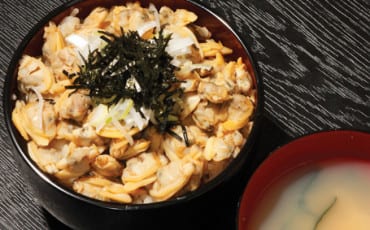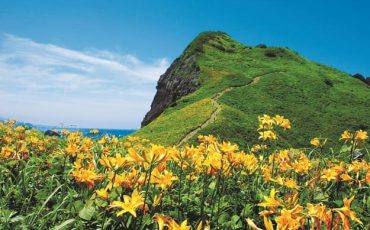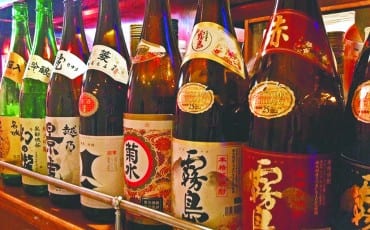Articles
Seasons
Jan 1, 2016
What’s “Sekku” and “Setsubun” in Japan?
Sekku refers to the five festivals that are celebrated in Japan to indicate the changing seasons. Having evolved from Chinese customs and traditions, the five “sekku” include: Jinjitsu on 7 January (Festival of Seven Herbs), Jyoshi on 3 March (Peach Festival), Tango on 5 May (Boys’ Festival), Shichiseki on 7 July (Star Festival) and Choyo on 9 September (Chrysanthemum Festival).
Besides the five major festivals, there are also 24 other “sekki”, which refer to specific days in a calendar year that have been specially marked to usher in a new season. These days are considered auspicious days to pray for good harvest, for the health and prosperity of family members, and so on. Some of these days have become so important that they have become full fledged festivals in their own right.
Although it’s not included as one of the five Sekku, 1 January — also known as Shogatsu — is considered by the Japanese to be one of the most important days in the year. The New Year is traditionally commemorated with a whole host of festivities and merrymaking.
Setsubun in February
Although it’s not one of the five major festivals, Setsubun has become one of the more significant festivals of the winter season. It is celebrated on 3 and 4 February — just a day or two before the start of spring according to the Japanese lunar calendar — and in a variety of ways around the country.
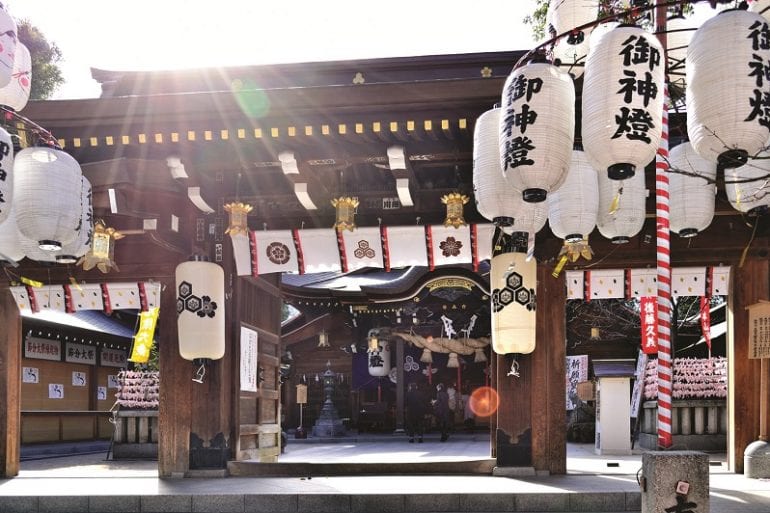
Also known as the “bean-throwing festival”, Setsubun is marked by the throwing of roasted soy beans at Buddhist temples and Shinto shrines while shouting, “Oni wa soto! Fuku wa uchi!”. This literally translates to “Devils out, happiness in!” The beans are supposed to help drive away mischievous spirits before they can enter homes and cause trouble.
After throwing the beans, people will usually eat the number of soy beans that corresponds with their age for good fortune. In modern times, Setsubun has become a major televised event with appearances by sumo wrestlers and other national celebrities.
Some more traditional families may also mark Setsubun by hanging sardine heads and holly leaves above doorways, also with the intention of keeping unwanted spirits out.
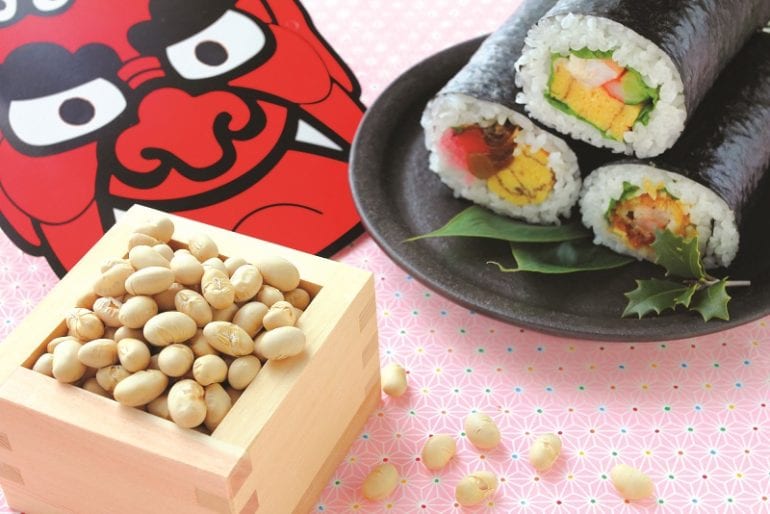
Of course, what is a Japanese festival without an accompanying delicacy? For Setsubun, sushi rolls known as “eho-maki” are eaten. Eho-maki (lucky direction rolls) is essentially futo-maki (thick sushi rolls) with seven types of fillings that are associated with the Seven Deities of Good Fortune (Shichifukujin). The ingredients include simmered shiitake mushrooms, kanpyo (dried gourd), cucumber, rolled omelette, eel, sakura denbu (sweet fish powder) and seasoned koyadofu (freeze-dried tofu).
Bite into eho-maki whole, while facing toward the lucky direction of the year, without slicing it into bite-sized pieces. After all, you don’t want to “cut off” your good fortune. Have it with a cup of ginger sake and then “kanpai” to good health!
(TEXT DENISE LI)






